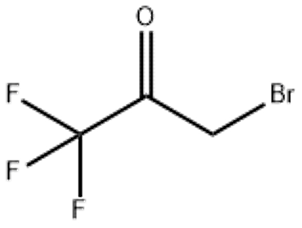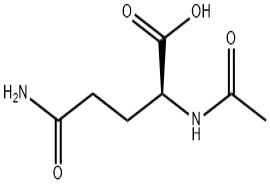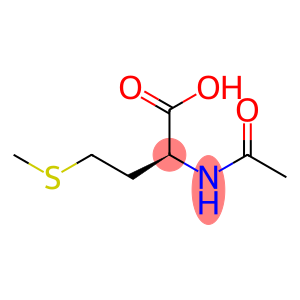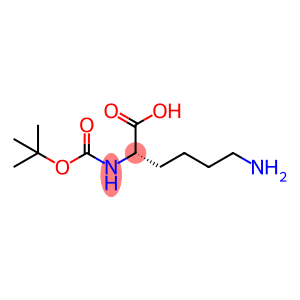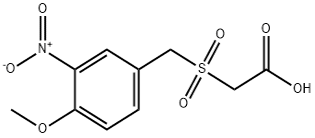3-Bromo-1 1 1-trifluoroacetone(CAS# 431-35-6)
| Risk Codes | R11 – Highly Flammable R34 – Causes burns R37 – Irritating to the respiratory system |
| Safety Description | S16 – Keep away from sources of ignition. S26 – In case of contact with eyes, rinse immediately with plenty of water and seek medical advice. S36/37/39 – Wear suitable protective clothing, gloves and eye/face protection. S45 – In case of accident or if you feel unwell, seek medical advice immediately (show the label whenever possible.) |
| UN IDs | UN 2924 3/PG 2 |
| WGK Germany | 3 |
| FLUKA BRAND F CODES | 19 |
| HS Code | 29141900 |
| Hazard Note | Corrosive/Flammable/Lachrymatory |
| Hazard Class | 3 |
| Packing Group | II |
Introduction
1-Bromo-3,3,3-trifluoroacetone. The following is an introduction to the properties, uses, preparation methods and safety information of this compound:
Quality:
1-Bromo-3,3,3-trifluoroacetone is a colorless liquid with a special pungent odor at room temperature and pressure. It is soluble in alcohols, ethers, and some organic solvents, and insoluble in water. The compound has high vapor pressure and volatility.
Use:
1-Bromo-3,3,3-trifluoroacetone has a wide range of applications in the chemical industry. One of the main uses is as a synthetic intermediate for fluoroacetone. It is also used as a catalyst for organic synthesis and as a surfactant.
Method:
The synthesis of 1-bromo-3,3,3-trifluoroacetone is usually carried out by the bromohydrofluoric acid method. Acetone is reacted with hydrofluoric acid in a reactor to obtain bromoacetone. Then, sodium bromide was added to the reaction mixture, and the bromination reaction was carried out to obtain 1-bromo-3,3,3-trifluoroacetone. The target product is obtained by distillation and purification.
Safety Information:
1-Bromo-3,3,3-trifluoroacetone is irritating and may have irritating effects on the eyes, skin, and respiratory system. When using, appropriate personal protective measures such as protective eyewear, gloves, and respirators should be taken. It should be used in a well-ventilated place and avoid contact with substances such as strong oxidants.


